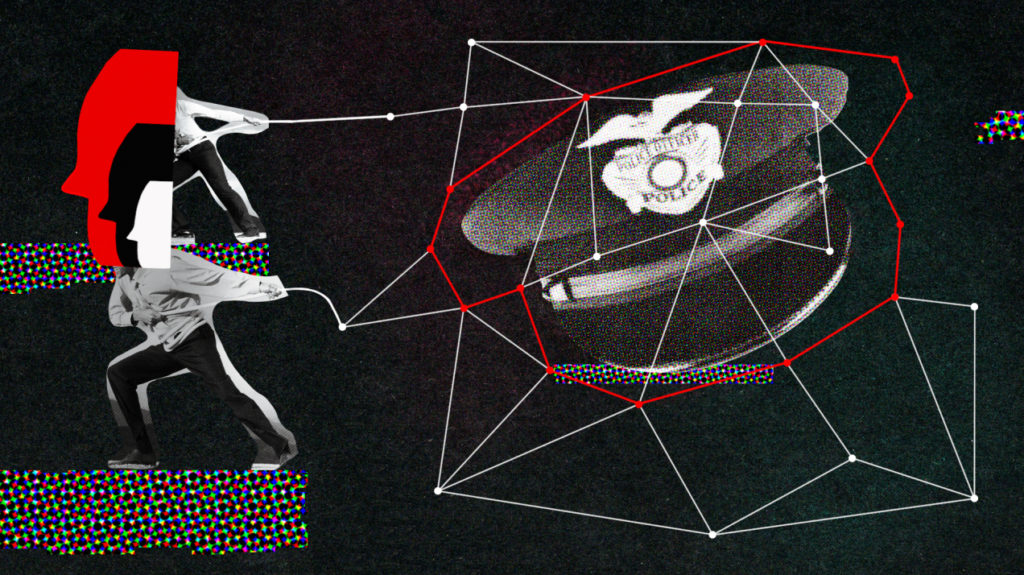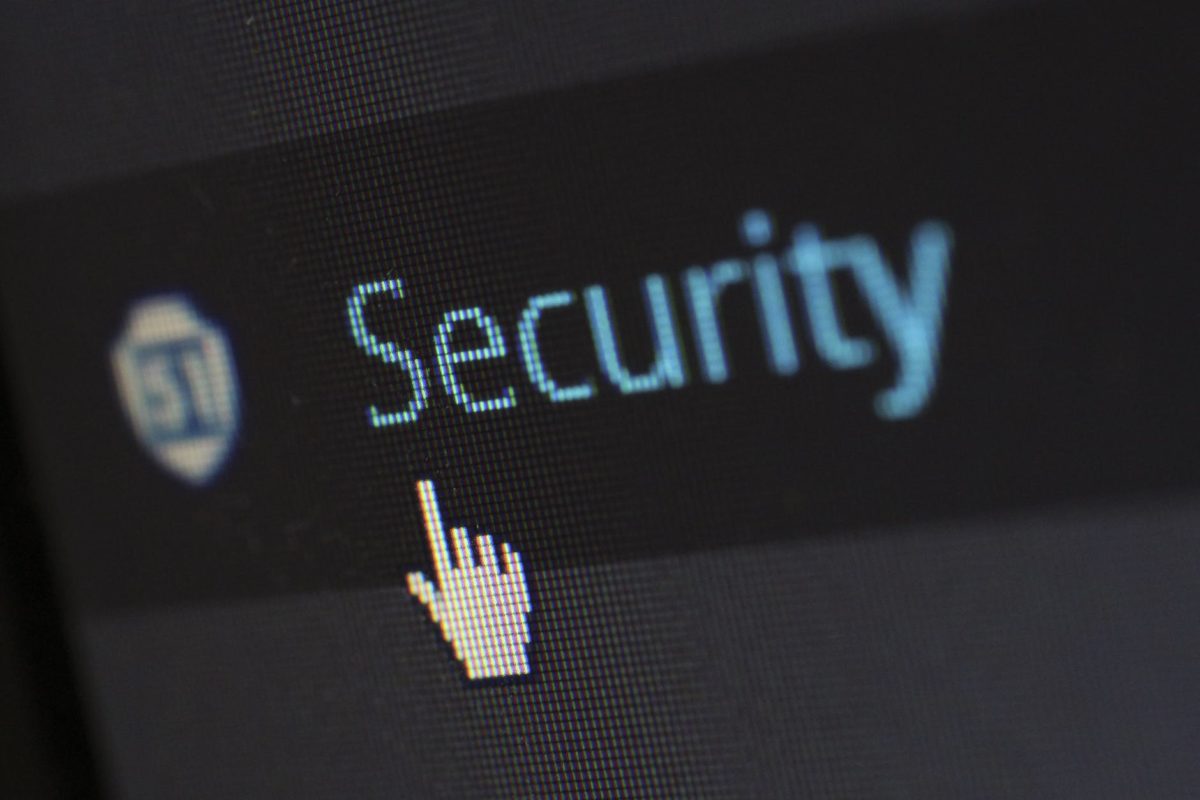Digital Detectives, a Legal Talk Network podcast, is one of my favorites. This month hosts Nelson and Simek ( interview David K. Reis, who provides some good advice about working at home security issues. After emphasizing the phishing threat, he pointed out a couple of other risks:
One is security for home printers. If you are going to print confidential client information or other confidential firm information, there can be security issues with the printers storing it, if it’s a wireless printer that isn’t configured securely, someone may be able to intercept that. So printers are a second thing other than the phishing and protection against the usual security threats.
A third one is paper documents. If you are printing confidential law firm or client documents at home what do you do with drafts, what do you do with old ones? We all over our shredding bins and security in the office, don’t just throw it in regular trash at home and we actually did an alert on that earlier before the current one on the importance of paper in cybersecurity during the work-at-home.
Source: Work-At-Home and Remote Access – It’s Time for a Security Review – Legal Talk Network


